El Cazador Ship Model
The model features premium materials, including brass, chrome, and high-quality metals for ornaments and decorations. Fabric or silk sails, wooden masts, and solid cotton thread ropes with special knots add authenticity to the design. Each component undergoes strict quality control to ensure a flawless product that exceeds expectations.
Details
The model features premium materials, including brass, chrome, and high-quality metals for ornaments and decorations. Fabric or silk sails, wooden masts, and solid cotton thread ropes with special knots add authenticity to the design. Each component undergoes strict quality control to ensure a flawless product that exceeds expectations.
Historical Significance
As a faithful reproduction of the El Cazador, our model pays homage to the rich maritime heritage of the Spanish colonial era. Display it proudly in your home, office, or collection, and immerse yourself in the captivating story of this legendary ship.
Experience the Legend
Step into the annals of maritime history with our meticulously crafted El Cazador ship model. This Spanish warship, known as “Der Jäger” (The Hunter), set sail on January 11, 1784, from Veracruz, Mexico, loaded with 19 tons of Spanish real silver coins bound for New Orleans, the capital of the Spanish colony of Louisiana . Intended to stabilize the colony’s economy, the ship mysteriously sank in the Gulf of Mexico, leading to Spain’s eventual sale of the colony to France in 1800.
Artisanal Craftsmanship
Our El Cazador model is a true-to-scale replica, painstakingly handcrafted using traditional frame construction techniques with hull planking. Exotic hardwoods such as Teak, Mahogany, Rosewood, and Mango are meticulously selected to create a valuable and decorative masterpiece. From the finely sanded and painted hull to the ornate brass cannons, portholes, anchors, dials, and wheels, every detail reflects historical accuracy and aesthetic beauty.
Background
In 1784, the El Cazador, a Spanish brigantine, met its fate in the Gulf of Mexico. Its journey began on October 20, 1783, when it received orders from Charles III of Spain to transport much-needed hard currency to the Spanish colony of Louisiana. Loading with approximately 450,000 Spanish reales, the ship set sail from Veracruz, Mexico. Captain Gabriel de Campos y Pineda, handpicked by King Carlos III, helmed the vessel. Departing for New Orleans on January 11, 1784, the ship disappeared without a trace. Despite Spain’s efforts to locate it, El Cazador was officially declared lost at sea in June 1784. Nearly two centuries later, on August 2, 1993, the trawler Mistake, operating fifty miles south of New Orleans in the Gulf of Mexico, snagged its net on an unexpected obstacle. Under the command of Jerry Murphy and hailing from Pascagoula, Mississippi, the trawler’s crew discovered a remarkable sight upon hauling the net onto the deck—silver coins spilled out in abundance. These coins, bearing the insignia of the Spanish mint in Mexico and dated 1783, hinted at the long-lost El Cazador’s treasures. Today, the recovered artifacts from the ship are curated and distributed by the Franklin Mint.
Be the first to review “El Cazador Ship Model”
You must be logged in to post a review.

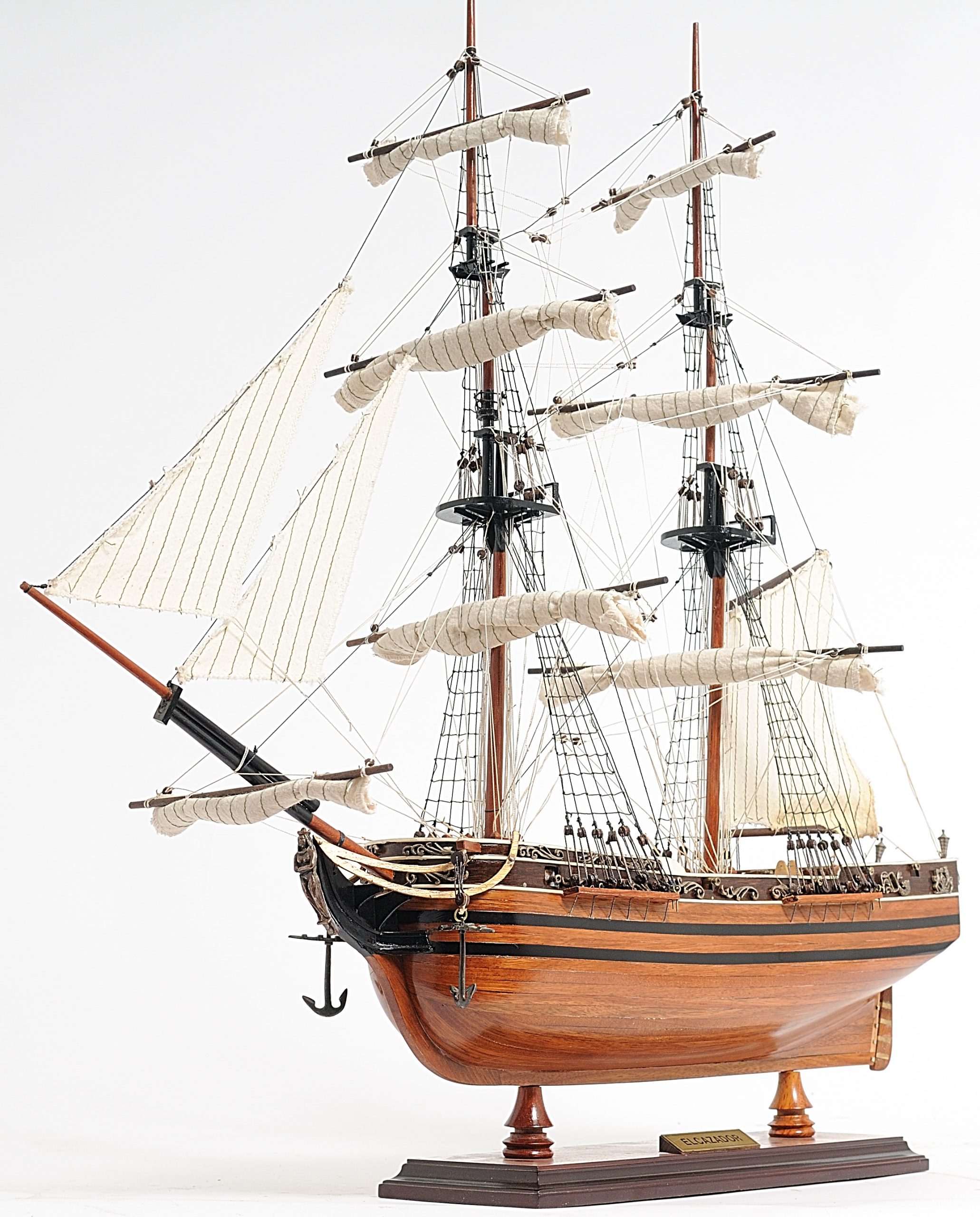
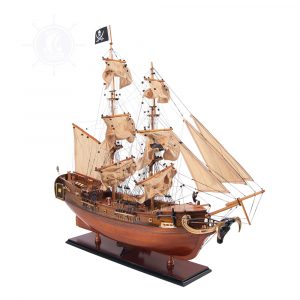
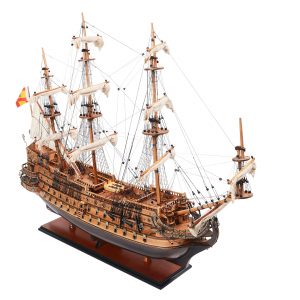
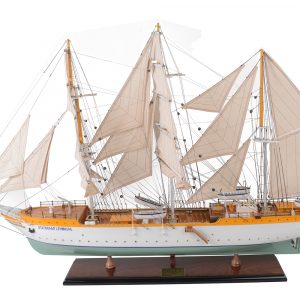
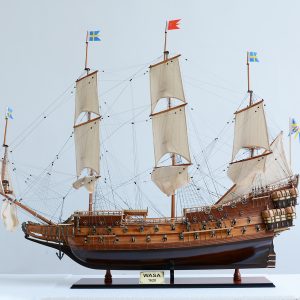
There are no reviews yet.